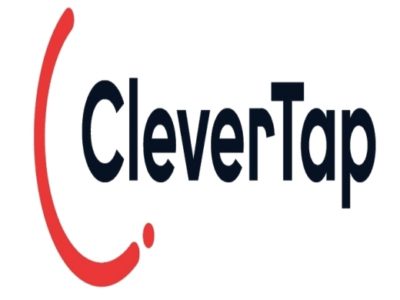By Ram Kezel
As a programmer, you probably have a todo list that is always expanding. So, doing nothing might sound like a mad idea to you. But January 16th is National Nothing Day, and it can be a great excuse to try and learn how to do nothing from time to time (and not feel bad about that!).
If you follow Barack Obama on Twitter, you probably have already seen his list of favorites from 2019. One of the favorite books is “How To Do Nothing: Resisting the Attention Economy” by Jenny Odell. Since even Obama recommends to stop from anything you are doing, here are the 5 ways how you can celebrate this Nothing Day.
1. Become Aware Of The Situation
Writing code can be quite absorbing: once you start working, you don’t even notice how fast time passes. And after a long day of work, there is still something that can be fixed or improved. The problem is, when you are continually improving the code, there is not much time left to improve yourself. So first of all, you should notice your current working habits.
Balys Kriksciunas, CEO of hosting company Hostinger, states: “Working harder is not necessarily working smarter. To keep improving, people should not only do tasks but also step away from work from time to time. It helps to reflect the tasks and soak up new information.” In the long run, when you are becoming better at doing nothing, you will become better at doing everything else.
2. Eliminate Distractions
As a programmer, you spend a lot of time in front of the screen. So your time-out’s of doing nothing should be screenless. And it goes for all screens: pc, laptop, tablet and, especially, phone. They might seem like a distraction from work, but they are not helping to do anything at all. Because every notification can bring your mind back to unfinished lines.
In the Guardian, meditation instructor Susan Piver states: “Busyness is seen as a form of laziness.” It’s way easier to keep checking all those emails, chats, and other work-related software, rather than letting yourself rest for a bit. To truly do nothing, you should eliminate the possible distractions, in this case, all the screens.
3. Put The Nothing In Your Schedule
When there is always something to be done, it can be scary to step away from work and take some time to do nothing. To make it easier for you, you can put it in your schedule. The same way you plan your daily stand-ups, you can plan moments of nothing as well.
At first, it might feel like idleness. It’s natural to feel that way when you are used to being in a hurry. In that case, a quote from Greg McKeown’s book Essentialism can help: “In order to have focus, we need to escape to focus.” Coding is exceptionally detailed work. To maintain concentration, you should switch it off occasionally. And you can do that by following the schedule.
4. Find Yourself A Nothing Hobby
It would be best to really do nothing at all. But it’s not so easy. But you can find yourself a hobby that is quite close to doing nothing. It should not be code-related and as mindless as possible. The key is to do it for the process rather than the result.
Forbes suggests these options:
- Coloring – The repetitive motion of coloring relaxes the amygdala and engages parts of the cerebral cortex that stimulate creativity and logic;
- Knitting – The rhythmic, repetitive motion of knitting triggers the parasympathetic nervous system, which helps you relax. (Fun fact: even Ryan Gosling finds it relaxing).
- Walking – It boosts the production of endorphins, which elevates mood and stimulates relaxation
- Expressive Writing – Documenting your thoughts helps fight stress by providing an outlet to express your feelings without applying a filter. You don’t have to deal with the thoughts, just write them down.
- Reading – Reading books helps you relax by stimulating imagination, which acts as a healthy escape from reality. Once again, it shouldn’t be code-related
5. Try Meditating
When people hear the word meditating, they tend to imagine monks from Tibet or yoga instructors from Los Angeles. But it’s not the case anymore. Different people try various methods of meditation and find them useful.
For example, delivery lead from Australia, Daragh Byrne, writes: “as a programmer, I think of meditation as a tool to train certain qualities of your mind – in particular, your attention and awareness.“ If you find some time in your day to get away from work and meditate, you can come back to your tasks with improved attention and awareness.
Paradoxically, doing nothing can do so much for you and your wellbeing. This National Nothing Day is an excellent excuse to try doing nothing for the first time, but you should try to stick to it for a longer period. As for your first try, you should become aware of your current working habits. Then you should consider eliminating work-related distractions for a while. To go one step further, put doing nothing in your schedule, so you wouldn’t forget to find time for that in your day. If doing nothing seems too complicated, try a close-to-nothing mindless hobby, such as coloring or walking. And if you are ready to go big with this nothing idea, you should try meditation.
Ram Kezel is Public Relations Coordinator at Hostinger































